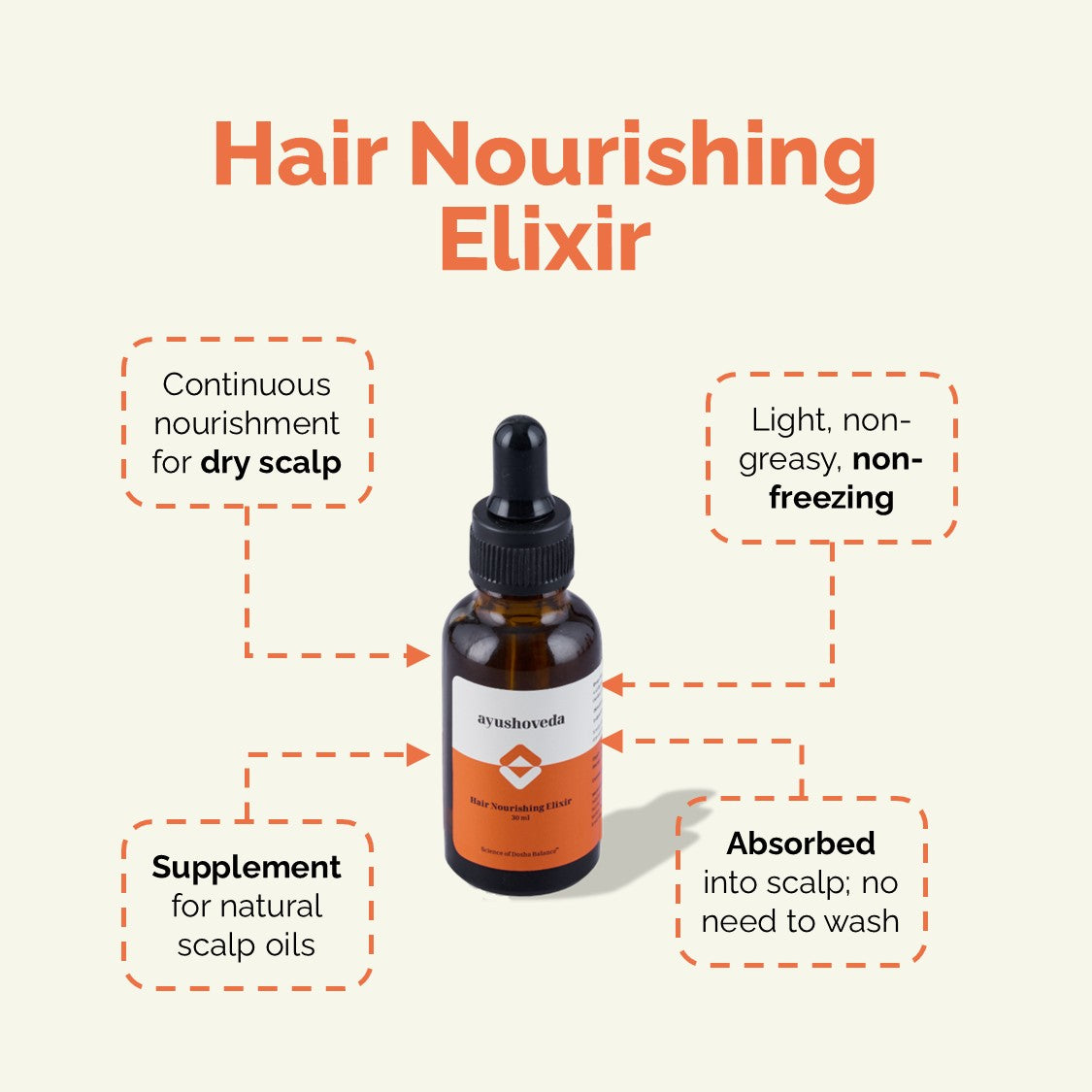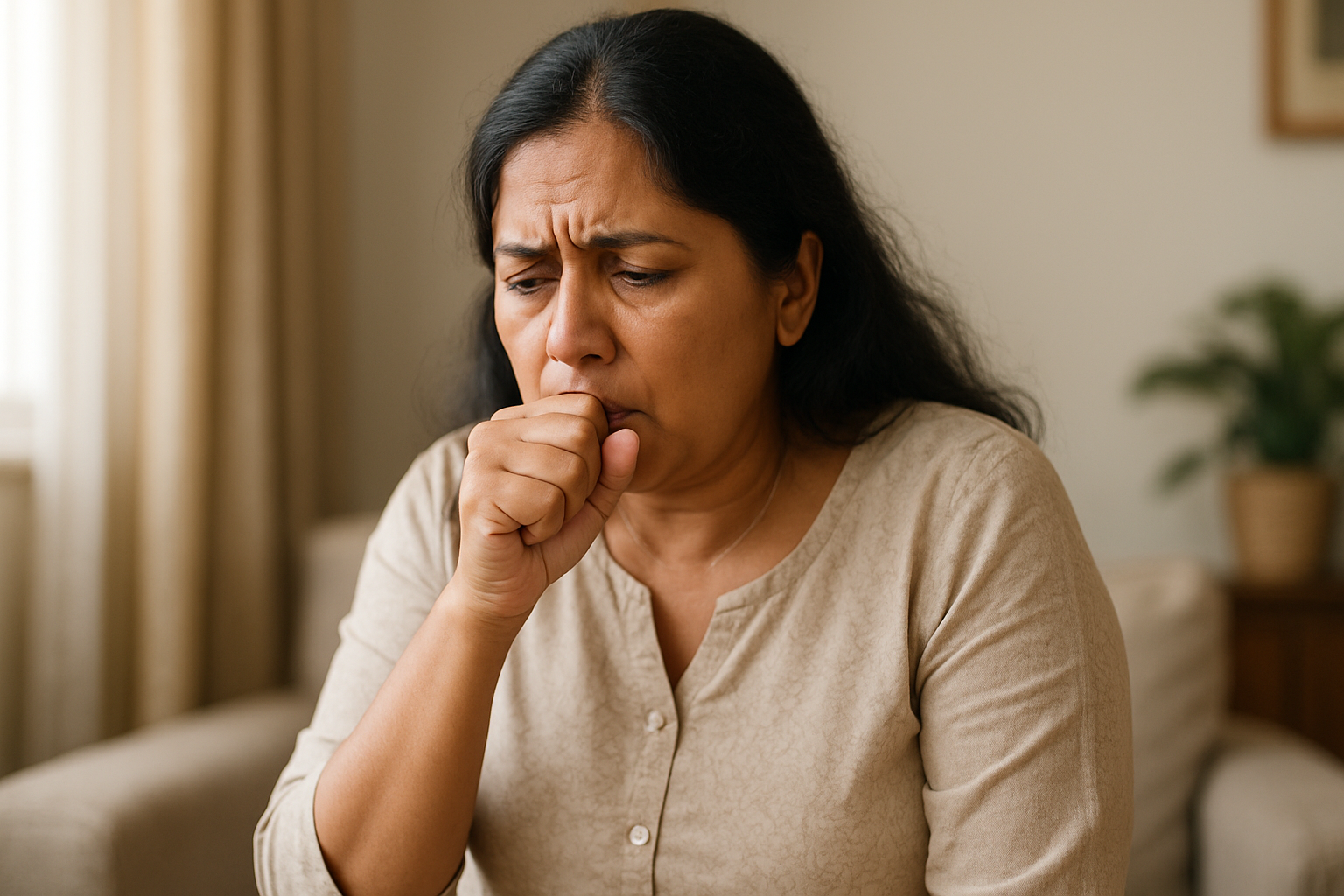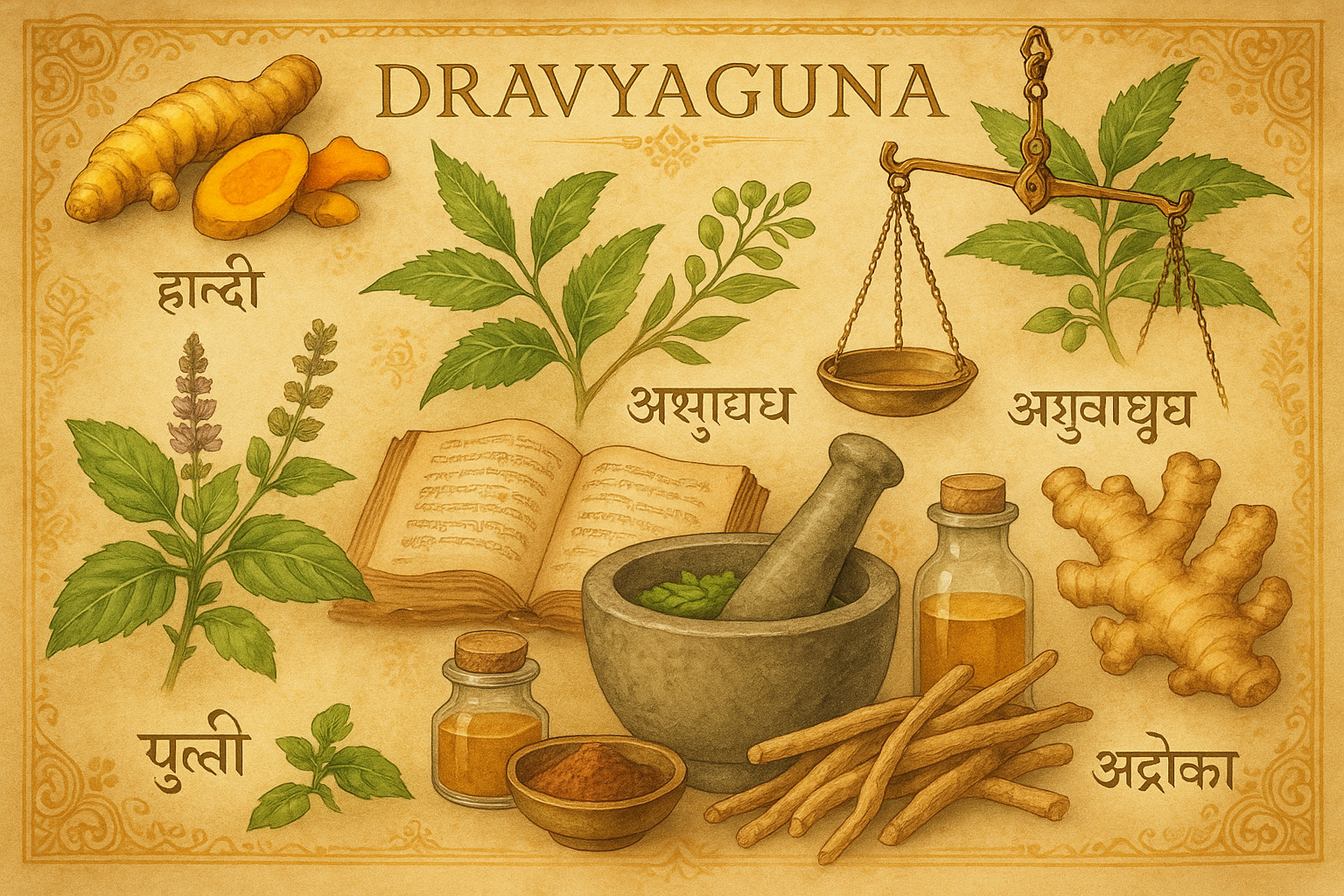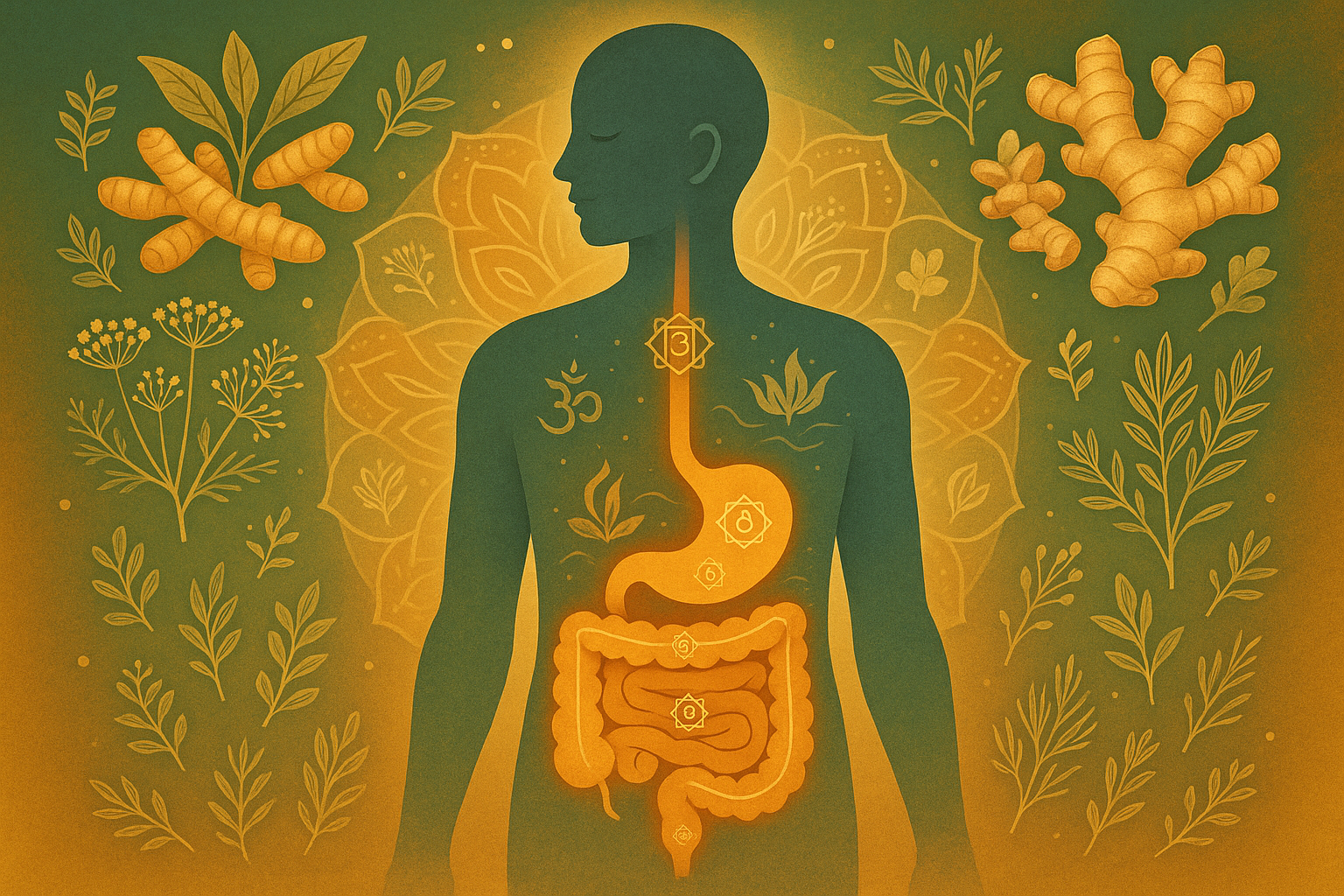Dr. Nambi offered deep and practical insights into the Ayurvedic understanding of skin, its disorders, and management strategies. Conducted as part of his weekly “Ask Me Anything” series, the session focused on skin disorders from an Ayurvedic perspective, offering clarity on ancient principles, modern relevance, and day-to-day skincare recommendations.
Understanding Skin Through Ayurveda
The Nature of Skin
According to Ayurveda, the skin is not merely a single-layered structure but comprises seven distinct layers, each rooted in one of the seven dhatus (body tissues). It is classified as an Upadhatu (secondary tissue) of mamsa dhatu (muscle), meaning that well-nourished muscles contribute to healthy, toned skin.
Skin is also inherently tridoshic—influenced by all three doshas (Vata, Pitta, and Kapha):
-
Vata governs touch, pain, and dryness.
-
Pitta gives luster, warmth, and color.
-
Kapha maintains hydration, softness, and elasticity.
Classification of Skin Disorders
Dr. Nambi explained how Ayurveda classifies skin diseases as:
-
Kshudra Kushta (Minor disorders): e.g., small rashes, fungal infections.
-
Maha Kushta (Major disorders): deeper, chronic issues that are harder to treat.
They may also be categorized by sthāna (location)—localized or systemic.
Dosha Predominance in Skin Disorders
-
Vata: Dryness, flakiness, pain.
-
Pitta: Redness, burning, sensitivity.
-
Kapha: Itching, oozing, thickness.
Most chronic skin issues involve Pitta and Rakta dhatu (blood), highlighting the importance of internal heat and inflammation management.
Ayurvedic Management of Skin Disorders
Two-Pronged Treatment Approach
Dr. Nambi emphasized two methods of treatment:
-
Shamana (Palliative Care): For mild conditions—herbs and internal medicines.
-
Shodhana (Detoxification): For chronic or severe issues—cleansing therapies like:
-
Vamana (emesis) for Kapha.
-
Virechana (purgation) for Pitta.
-
Vasti (enema) for Vata.
-
Rakta moksha (blodd letting) for Rakta
Purgation is especially important in Pitta-dominant skin issues due to their deep-rooted nature in the blood.
The Role of External Applications
While widely practiced, external treatments like oils, creams, or herbal pastes should be approached carefully:
-
Effective when the disorder is superficial.
-
Can worsen chronic conditions if applied prematurely.
Dr. Nambi recommends internal cleansing first to bring the disorder to the surface before using topical remedies.
Lifestyle and Dietary Guidelines
Dr. Nambi reinforced the principle that incompatible food combinations (viruddha ahara) are a root cause of many skin disorders. He urged viewers to:
-
Avoid consuming milk with fruits, fish, or sour foods.
-
Practice good digestion and eliminate food regularly.
-
Ensure sound sleep and stress management.
Common Remedies and Recommendations
-
Black spots or pigmentation: Often linked to Vata or liver imbalance. Purgation and liver-friendly herbs are key.
-
Uneven skin tone and wrinkles: Regular oil massage and ghee (especially medicated ghees like Tiktaka Ghrita) help restore balance and delay signs of aging.
-
Sunscreen substitute: Shatadhauta Ghrita (100-times washed ghee) is an Ayurvedic alternative to protect against harsh sun.
-
Dandruff: Caused by dryness or fungal issues. Use oils and address gut health for resolution.
-
Back acne and scalp issues: Often connected to dandruff, excessive sebum, or heat. Internal purification and regular exercise are effective.
Q&A Highlights
What causes pigmentation on the sides of the face?
-
Often linked to stress and overexposure to sun.
-
Excess spicy or salty food increases Pitta, leading to discoloration.
Is there a remedy for dark circles?
-
Yes. Rest and quality sleep are crucial.
-
Apply Kumkumadi Thailam and avoid overwashing the face.
Should we use chemical serums and supplements?
-
Avoid routine use of chemical-based cosmetics and supplements.
-
The body should derive nutrients from natural food rather than synthetic sources.
Does emotional stress affect skin?
-
Definitely. Stress, anger, and poor sleep can cause dark circles, dullness, and premature aging.
Can lemon and honey help with detanning?
-
Lemon is acidic and exfoliates, but can harm the skin with excessive use.
-
Natural options like milk cream or curd are gentler and safer.
How does lifestyle impact skin type?
-
Kapha-dominant diets or sedentary routines can make skin oilier over time.
-
A person’s inherent prakriti remains the same, but external factors can alter skin behavior.
Is curd rice or buffalo milk suitable for daily use?
-
Curd rice is heavy and not ideal daily, especially at night.
-
Buffalo milk is tamasic and best avoided by Kapha types. Cow's milk or goat’s milk is preferred.
Want to dive deeper into Ayurvedic wellness? Follow Dr. Nambi's weekly AMA sessions or consult him online. Stay tuned for next Tuesday’s live session at 9 p.m. IST.


















